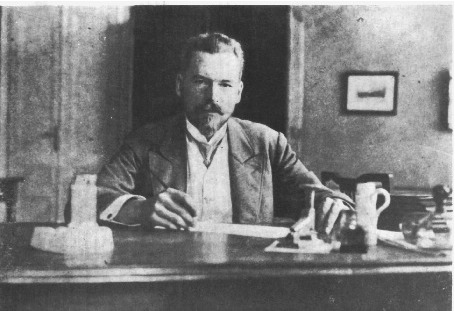Speaker
Description
Correlation matrix estimation from functional magnetic resonance (fMRI) data presents a major challenge for a multitude of reasons, including non-stationarity of the signal and low temporal resolution, resulting in the number of variables (locations from which the signal is sampled) exceeding the number of time points. The Pearson correlation matrix is most commonly used, but likely constitutes a suboptimal choice, as in the typical fMRI setting it exhibits strong sensitivity to any noise present in the signal. Hence, comparison of alternative methods of functional connectivity estimation is the subject of this contribution. The methods compared include: sample Pearson correlation, the detrended cross-correlation coefficient, and a symmetrized variant a non-linear cross-correlation based on filtering high-amplitude events (rBeta). Additionally, Ledoit-Wolf shrinkage was applied to each method for noise reduction.
The methods were compared in their ability to detect statistically significant differences between experimental conditions using data obtained in an fMRI experiment investigating the effects of diurnal changes on memory performance. Comparison was conducted between resting state and task performance data, experimental phases (information encoding and retrieval) and tasks based on the Deese-Roediger-McDermott paradigm: involving either linguistic processing semantically and phonetically related words, or visual processing of images of global or local similarity. The comparison focused on eigenvalues of correlation matrices. To identify eigenvalues to corresponding eigenvectors in different conditions and subjects, agglomerative hierarchical clustering of eigenvectors was performed.
All correlation matrix estimation methods besides the rBeta-based method detected statistically significant differences between experimental tasks. All methods led to detection of differences between experimental tasks, but these were not consistent with respect to the estimation method. Application of Ledoit-Wolf shrinkage led to a more consistent detection of condition differences. Several aspects of this investigation merit further attention, particularly the impact of the details of the data analysis pipeline on the results, including the eigenvector clustering algorithm applied.

